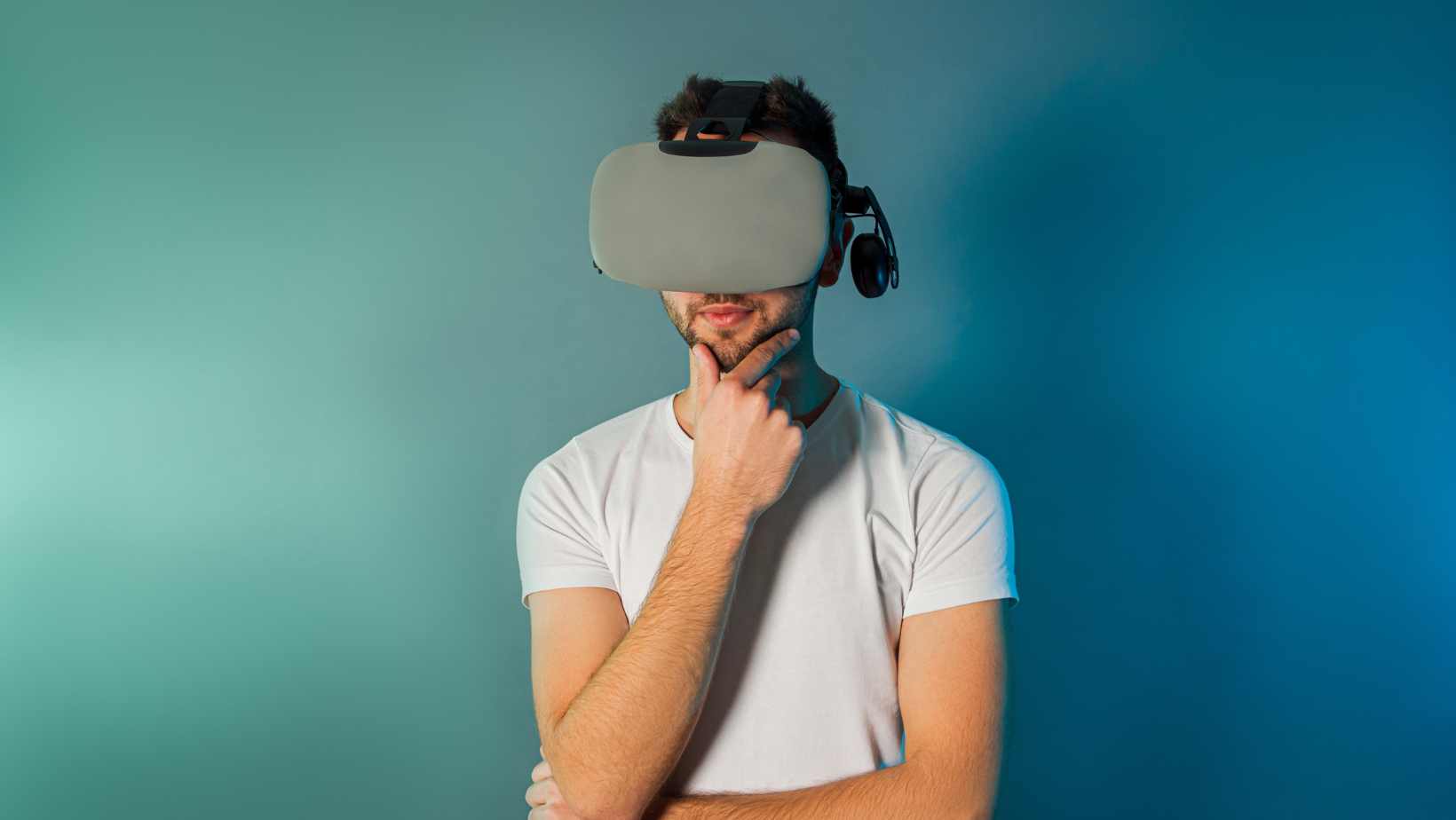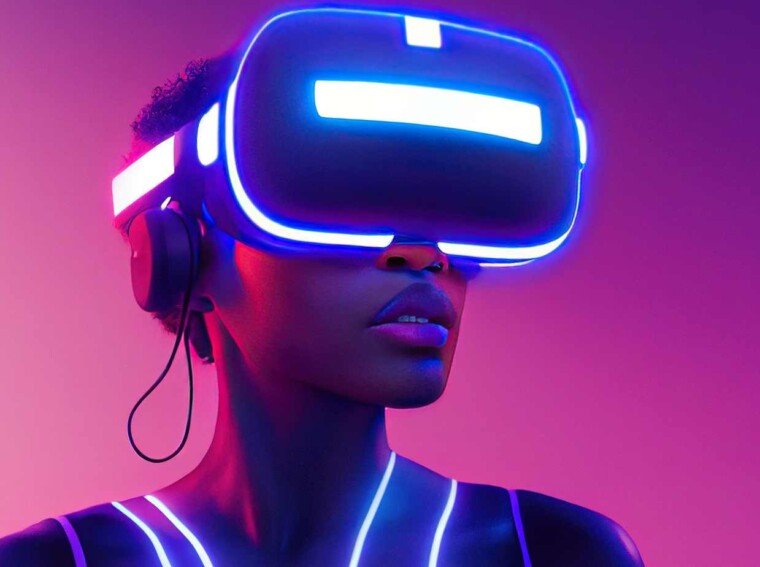The dawn of immersive technology has brought with it innovations that were unthinkable a few years ago. At the forefront of this technological renaissance is the XR headset, a device designed to blur the boundaries between the physical and digital realms, crafting tomorrow’s immersive experiences today. This piece of technology is not only revolutionizing the way we perceive reality but also redefining experiential domains in unprecedented ways.
The XR headset combines augmented reality (AR), virtual reality (VR), and mixed reality (MR), offering a range of experiences that blend the real and virtual worlds. Users can move effortlessly between different experiences, obtaining unprecedented perception and interaction with their surroundings. This integration results in a complete and immersive interface that offers a one-of-a-kind platform for entertainment, work, and social interaction.
The ability of XR headsets to perform spatial computation is one of their distinguishing qualities. This technology enables devices to comprehend and analyze physical spaces, and then replicate them in a virtual world. Users can travel to these places, manipulate virtual things, and even interact with virtual or augmented characters, creating a level of immersion and engagement that is unprecedented.
Furthermore, haptic technology developments included in these headsets provide tactile input that simulates real-world senses. This feature is critical in developing immersive experiences since it allows users to not only see but also feel the virtual environment. It improves the sense of presence and reality in the virtual or augmented space, making interactions more natural and lifelike.
Display technology advancements are also being seen in XR headsets. These gadgets may now provide brighter, clearer, and more energy-efficient graphics thanks to the arrival of microLED screens. This advancement boosts the visual fidelity of virtual and augmented environments, making them more believable and engaging for users. Improved resolution, broader field of view, and faster refresh rates are also on the way, offering aesthetically spectacular and comfortable user experiences.

The introduction of 5G technology is expected to have a significant impact on connectivity. 5G will enable real-time interactions and collaborations within virtual spaces, independent of geographical location, due to its quicker speeds and lower latency. This connectivity windfall will enable more stable and responsive experiences, making remote work, virtual meetings, and online gaming more seamless and dependable.
However, the success and adoption of XR technology will be dependent on factors other than technological developments. These devices’ software ecosystems and applications are critical. Developers are working hard to create apps and services that take advantage of the capabilities of XR headsets, delivering solutions for education, healthcare, enterprise, and entertainment. These applications are the XR ecosystem’s lifeblood, driving growth and fostering acceptance among various user demographics.
Attention to user comfort and accessibility is also critical. Future XR devices are expected to be lightweight, ergonomic, and inclusive, responding to a wide user base’s needs and tastes. These factors are critical in driving widespread adoption and ensuring that technology is accessible and entertaining for everyone.
As we look forward to the future of XR headsets, we must keep privacy and ethical technology use in mind. With technologies that can map physical locations and follow user movements, protecting user data and privacy becomes critical. Manufacturers and developers must address these problems head-on, establishing effective security measures and encouraging responsible technology use.
Furthermore, addressing the environmental impact is critical, as electronic device creation and disposal contribute significantly to electronic waste. Future XR headset designs must embrace sustainable practices, such as the use of eco-friendly and easily recyclable materials. An emphasis on producing long-lasting and upgradeable equipment can also help to reduce waste, ensuring that technical advancements do not come at the expense of the environment.

User training and assistance are also important factors in promoting the adoption and proper use of XR technology. Users require complete assistance and training tools to navigate and operate XR headsets efficiently and effectively since these devices provide novel and sometimes difficult interfaces. Providing robust training materials and proactive customer assistance can improve user experience, minimize frustration, and encourage more people to embrace these immersive technologies safely and properly.
To summarize, the future of XR headsets is both exciting and problematic, with issues spanning from technology advancements to ethical and environmental problems. Creating immersive experiences of the future necessitates not only cutting-edge technology but also a careful and responsible approach to design, development, and support. As we stand on the verge of a reality redefined by XR technology, the path ahead requires caution, to imagine a future in which technology serves mankind ethically, inclusively, and sustainably, enhancing our lives while protecting the integrity of our planet.

